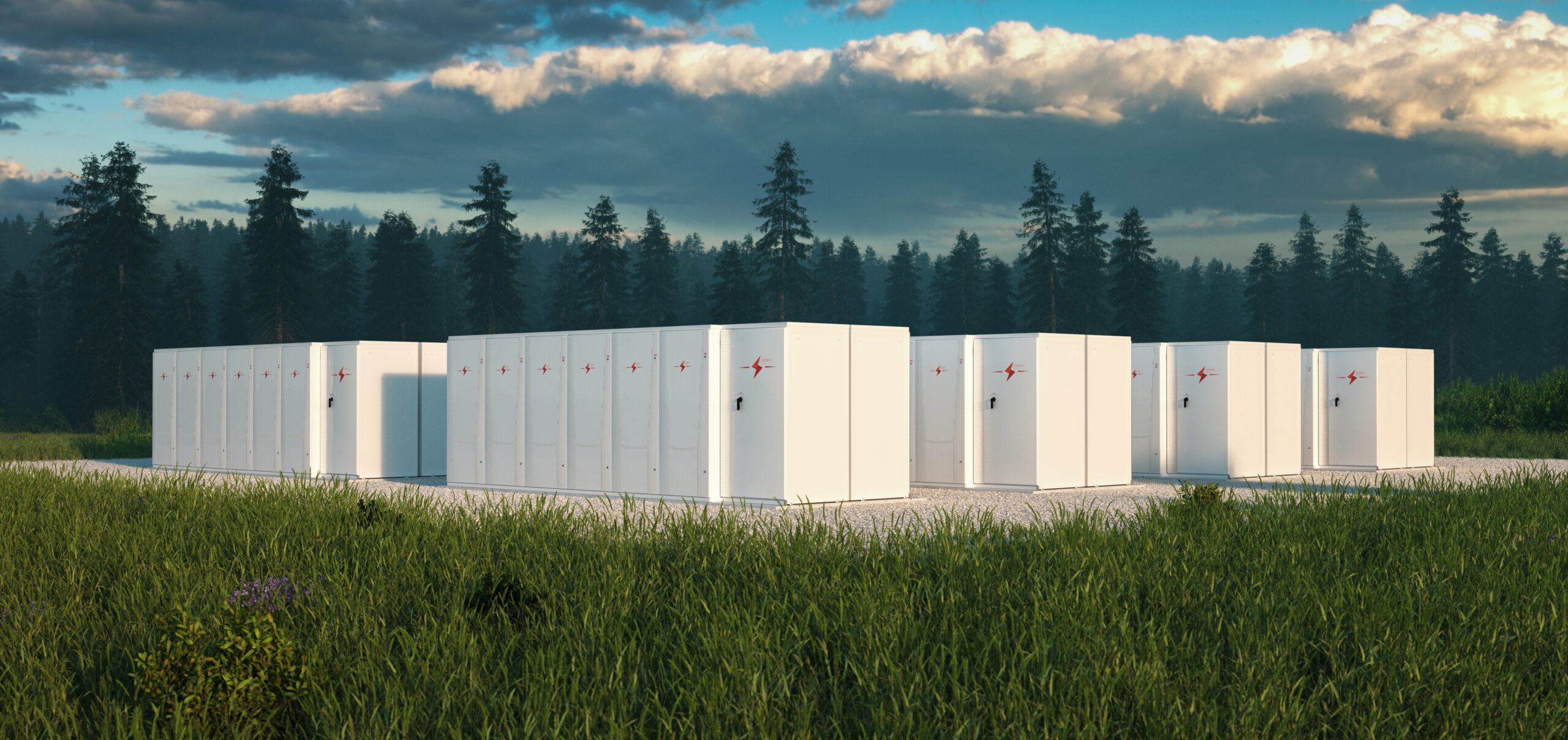Battery energy storage provides numerous benefits: it can prevent power outages, maximize the utilization of clean energy produced by intermittent sources such as solar and wind, and enhance the balance between supply and demand, as well as improve grid resilience. A battery storage facility can also help defer the need for new transmission infrastructure by meeting part of the peak demand with stored energy during a few select hours each year.
Driven by demand and tax credits established by the Inflation Reduction Act of 2022, as of July 2024, the U.S. has installed more than 20 gigawatts (GW) of battery storage since 2020. By the end of 2024, an additional 15 GW of storage will have been installed, with another 9 GW planned for installation in 2025. Considering that 1 GW is estimated to power approximately 876,000 households for one year, that is a lot of energy.

The majority of these battery storage facilities are being installed in California and Texas. As of October 2024, California has 13.3 GW of battery storage installed, with another 3 GW expected to be operational by the end of the year. California projects an additional 38.6 GW of battery storage, or 52 GW total, will be needed by 2045. Texas is expected to have a total of 10 GW installed by the end of this year.
While projects are being successfully deployed, the industry is not without its challenges. Much work is underway on the federal and state level and in the private sector to improve battery performance, bolster domestic battery manufacturing and recycling, reduce the cost of energy storage technology, address safety concerns, and accelerate market acceptance.
However, multiyear waiting times for grid connection and regulatory uncertainty are still a concern. Plus, sustainable manufacturing practices and effective recycling methods should be implemented to minimize the environmental impact of battery production and disposal, as well as mitigate for scarcity of materials and maximize a circular supply chain.
There are many elements to consider when approaching a battery storage project, and ESA is adept at navigating the necessary steps to get these important projects built and operational. For questions about battery storage and how we can help, reach out to Liesbeth Magna.
Sources:
E+E Leader. 2024. “The Expanding Battery Storage Market in the United States.” August 29, 2024. Available: https://www.environmentenergyleader.com/stories/the-expanding-battery-storage-market-in-the-united-states,48382. Accessed December 11, 2024.
EIA (U.S. Energy Information Administration). September 2024. “Batteries Are a Fast-Growing Secondary Electricity Source for the Grid.” Available: https://www.eia.gov/todayinenergy/detail.php?id=63025&utm_source=Twitter&utm_medium=EIAsocial&utm_id=Amplification#. Accessed December 11, 2024.
EIA. 2024. “U.S. Battery Storage Capacity Expected to Nearly Double in 2024.” January 9, 2024. Available: https://bit.ly/49AcGWG. Accessed December 11, 2024.
Financial Times. 2024. “How the U.S. Battery Boom is Shifting the Power Mix.” Available: https://www.ft.com/content/ac126e7e-6c8d-4ba2-84ea-bcada85e5e8f. Accessed December 11, 2024.
Gridmatic. 2022. “The Inflation Reduction Act and Standalone Battery Tax Credits.” December 6, 2022. Available: https://www.gridmatic.com/the-inflation-reduction-act-and-standalone-battery-tax-credits/. Accessed December 11, 2024.
National Renewable Energy Laboratory. 2019. Grid-Scale Battery Storage Frequently Asked Questions. Available: https://www.nrel.gov/docs/fy19osti/74426.pdf. Accessed December 11, 2024.
Techspot. 2024. “The US Power Grid Has Added Over 20 Gigawatts of Battery Storage Since 2020.” October 29, 2024. Available: https://www.techspot.com/news/105339-us-power-grid-has-added-over-20-gigawatts.html. Accessed December 11, 2024.
U.S. DOE (U.S. Department of Energy). 2022. “Biden Administration, DOE to Invest $3 Billion to Strengthen U.S. Supply Chain for Advanced Batteries for Vehicles and Energy Storage.” February 11, 2022. Available: https://www.energy.gov/articles/biden-administration-doe-invest-3-billion-strengthen-us-supply-chain-advanced-batteries. Accessed December 11, 2024.







